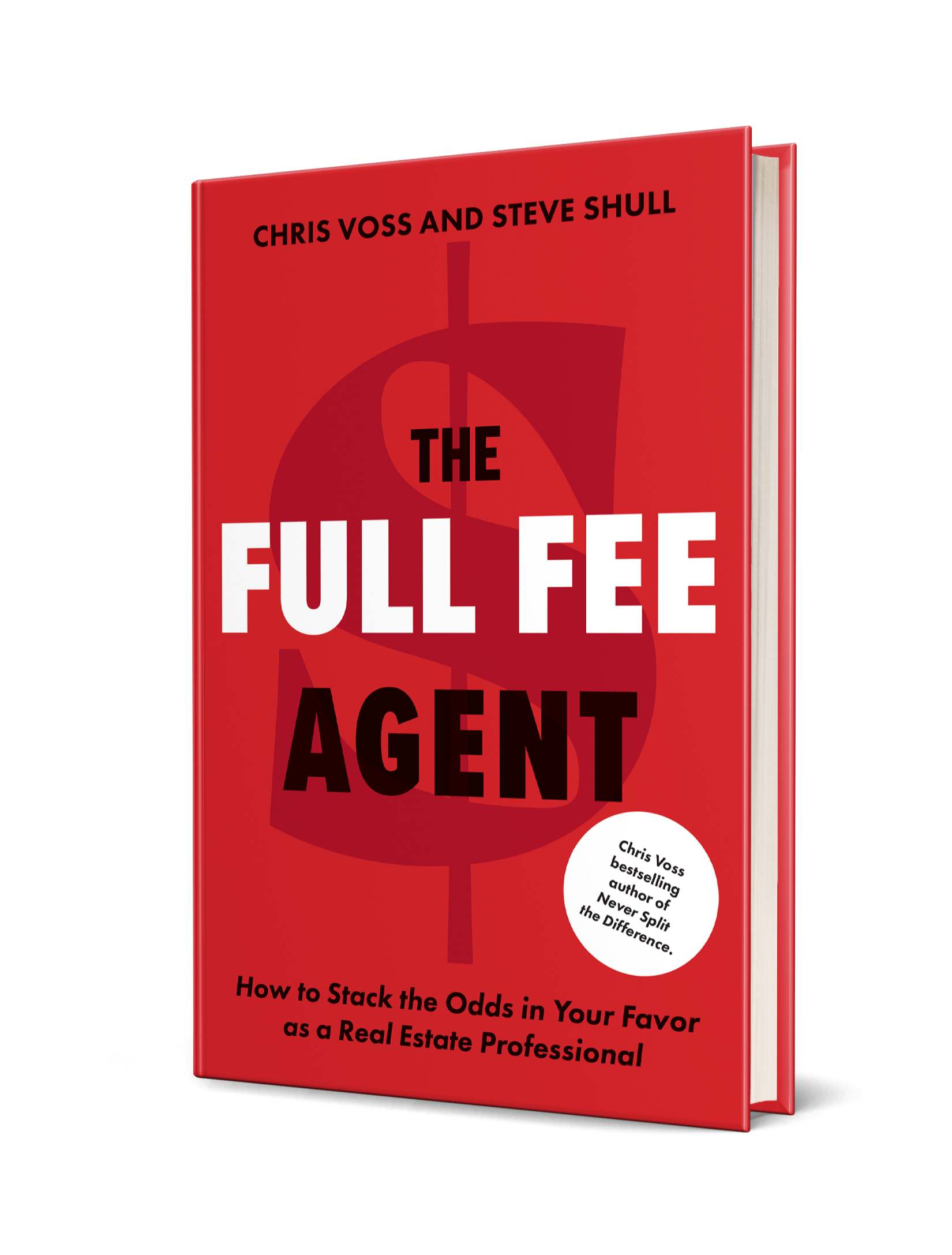Stillness Is Safety
Nov 02, 2025
Agents often misunderstand what it means to make a client feel safe.
They think safety comes from comfort — from reassurance, from removing tension, from saying the right thing to calm someone down.
But real safety doesn’t come from words.
It comes from presence.
It comes from stillness.
The Paradox of Safety and Discomfort
Here’s the paradox:
Your job is to make people feel safe, while letting them sit in their discomfort.
At first, that sounds contradictory — like you can’t do both.
But the truth is, those two things don’t conflict. They complete each other.
Discomfort is where growth and truth live.
Safety is what allows people to stay there long enough to face it.
Without discomfort, there’s no progress.
Without safety, there’s no clarity.
The Physiology of Trust
When a client senses threat — emotional, social, or psychological — their brain moves into survival mode.
The amygdala takes over, and logic shuts down. That’s why when you try to convince, explain, or fix, you’re often talking to a closed brain.
But when they sense stillness — no judgment, no pressure, no threat — the prefrontal cortex stays open.
That’s when reason, awareness, and truth become accessible again.
Your stillness becomes their signal: You’re safe to see what’s real.
What Stillness Looks Like
Stillness isn’t silence.
It’s calm attention.
It’s the absence of threat, not the absence of words.
It looks like this:
- You don’t rush to fill the silence.
- You let the discomfort breathe.
- You hold eye contact without intensity.
- You acknowledge what’s happening without trying to change it.
It’s saying less — and meaning more.
It’s creating the space where someone can come to their own conclusion instead of being steered toward yours.
Discomfort Is the Door to Truth
The moment a client feels discomfort — hesitation, defensiveness, uncertainty — is usually the moment truth is nearby.
That’s the threshold where clarity lives.
Most agents panic there.
They feel that emotional charge and try to rescue the situation — by talking too much, discounting too soon, or overexplaining.
But mastery lives in that space.
If you can remain grounded — fully present, without agenda — you allow the truth to surface on its own.
That’s not manipulation. That’s leadership.
Your Stillness, Their Strength
Stillness isn’t passive. It’s the ultimate form of strength.
It’s the ability to remain centered when someone else is losing theirs.
It’s emotional discipline in action — what separates a professional from a pleaser.
You’re not there to carry their discomfort.
You’re there to contain it.
Your presence tells them:
“You don’t need to rush away from this. You can handle it.”
And when they do, trust deepens — not because you comforted them, but because you stayed steady while they found their own clarity.
From Pressure to Presence
Most agents feel pressure to perform in those moments — to relieve tension, offer answers, or make things okay.
But performance creates pressure.
Presence creates progress.
When you let go of needing to fix, control, or convince, you stop taking ownership of emotions that aren’t yours to carry.
You remove yourself as a threat.
You make space for truth to emerge.
And that’s the essence of Tactical Empathy — not comfort, not control, but clarity born from stillness.
Tying It to The Performance Six
This is Mastering Communication in motion.
It’s the balance between emotion and logic, safety and truth.
It’s the discipline to say less, observe more, and trust the process.
Stillness is not inaction. It’s intentional restraint.
It’s the signal that tells people they’re safe enough to face what’s real — and strong enough to handle what comes next.
And when you operate from that place, you’re no longer just an agent.
You’re a trusted advisor — grounded, calm, and clear — someone who helps others find truth without ever taking it from them.
Get free coaching in your inbox every week
Stay focused on what truly matters with key highlights and insights from all our coaching programs.


